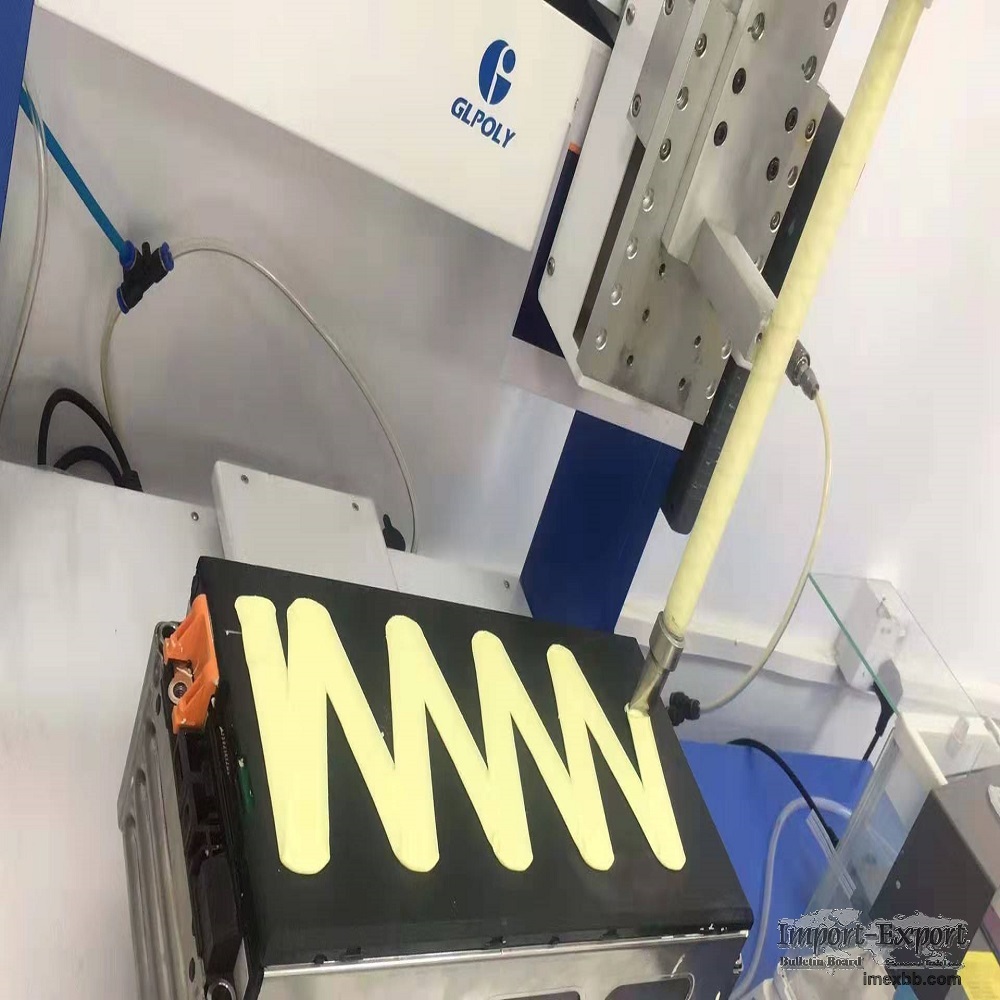 |
 |
Home > Offers to Sell > Chemicals & Plastics > Rubber Products > Automotive Rubber
| Contact: | Lyn Gui |
|---|---|
| Company: | Goldlink Tongda Electroncis Co., Ltd |
| Rm619,Huafengxin'an building, Baoan | |
| Shenzhen 518101 | |
| China | |
| Phone: | 86-755-27579310 |
| Fax: | 86-755-27579350 |
| E-Mail: | |
| Date/Time: | 8/13/21 10:10 GMT |
FAQ On Thermally Conductive Adhesive For EV Battery Cell Bond
Three years ago, thermal pad was a significant role, predominately in
thermal management of EVs battery pack.
With the advancement of EVs battery technologies, trend to shift away from
thermal gap pad to thermal gap filler, providing a more closer contact
between cells or cell and heat sink, and thermally conductive structural
adhesive is the best in gap filler family. GLPOLY is the first one in China
to develop thermally conductive structural adhesive for “cell to pack”
battery pack in a new technology—modified epoxy which differ from existing
PU technology.
Consequently, we received many queries from engineers about properties of
thermally conductive structural adhesives. Here I sorted out some
information for your reference.
Q: What’s the linkage between bond line thickness and shear bond strength?
A: In practical application of “cell to pack” battery, there is no
inevitable linkage between these two properties.
Q: Shall the bonding strength vary with Al substrates?
A: No matter Al3003, Al6063 or Al1030, the Al content is greater than 97%.
It depends on the Hydrogen bond between crosslinker and metal atom. Effect
affected by other factors is less than 3% which is within the range of
tolerance. GLPOLY has full set of Al3003 fixtures for validating.
Q: What factors shall affect shear bond strength?
A: 1) Bonding strength decreases a lot if the surface of aluminum is
oxidized to alumina; 2) Roughness. The rougher the surface, the greater the
bonding strength; 3) Modifier applied on the surface. Depending on specific
conditions.
Q: Why not mark value of butt-joint bonding strength?
A: A joint made by fastening ends together without overlapping. There is no
need to test it because no butt joint happened between cell and water-
cooling plate.
Q: Why is it recommended to remove insulation painting?
A: Painting increases thermal resistance. And in this case, it shows
bonding strength between thermally conductive structural adhesive and
painting, not adhesive and water-cooling plate. Furthermore, GLPOLY
thermally conductive structural adhesive has electrical insulation.
Q: Are contact thermal resistance the same between different substrates?
For example, PET and Al?
A: Both interface thermal resistance of PET and Al are between
0.000178~0.000679, but the contact thermal resistance is hard to test. our
specification comforms to the result of nearly 300 regression tests. The
contact thermal resistance is negligible due to extremely low value. By
extension, the above conclusion is true in the application of soft pads. So
it is true for liquid thermally conductive structural adhesive if there is
no air bubble or water film.
If you have any other question, please feel free to contact GLPOLY for
detail.
Minimum Order: 100 kilograms
SOURCE: Import-Export Bulletin Board (https://www.imexbb.com/)
Similar Products:Not exactly what you are looking for? Post an Offer to Buy!
![]()
© 1996-2010 IMEXBB.com. All rights reserved.
|
|
|






